The story of Honduran coffee beans introduction to the flavor characteristics of Honduran Shirley barrel treatment of coffee beans
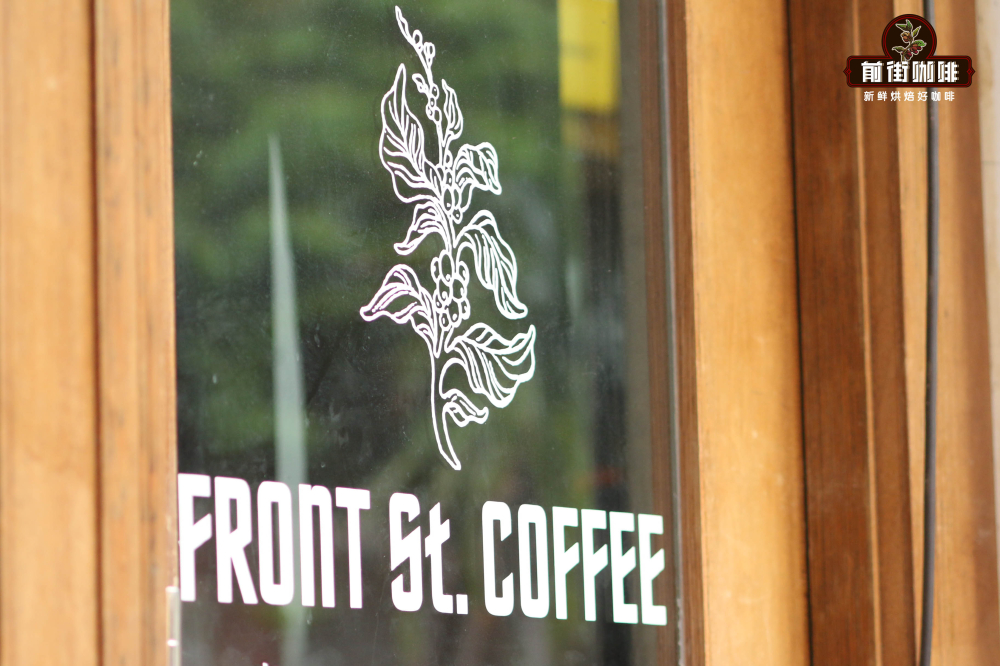
With the arrival of the third wave of coffee, more and more novel coffee treatments have emerged, and the hottest treatments this year are anaerobic and barrel fermentation. At present, there are several types of anaerobic and barrel-treated coffee beans in Qianjie, which are also very popular with guests in the store. Coffee bean wine barrel fermentation is a new treatment method that has emerged in recent years, and the coffee beans fermented in wine barrel will have an unprecedented flavor and taste experience. At present, the development direction of the coffee market is gradually innovating to the treatment method, and the barrel treatment method also conforms to the trend. In the future, Qianjie Coffee will continue to excavate characteristic coffee beans for evaluation, giving you an objective data reference.
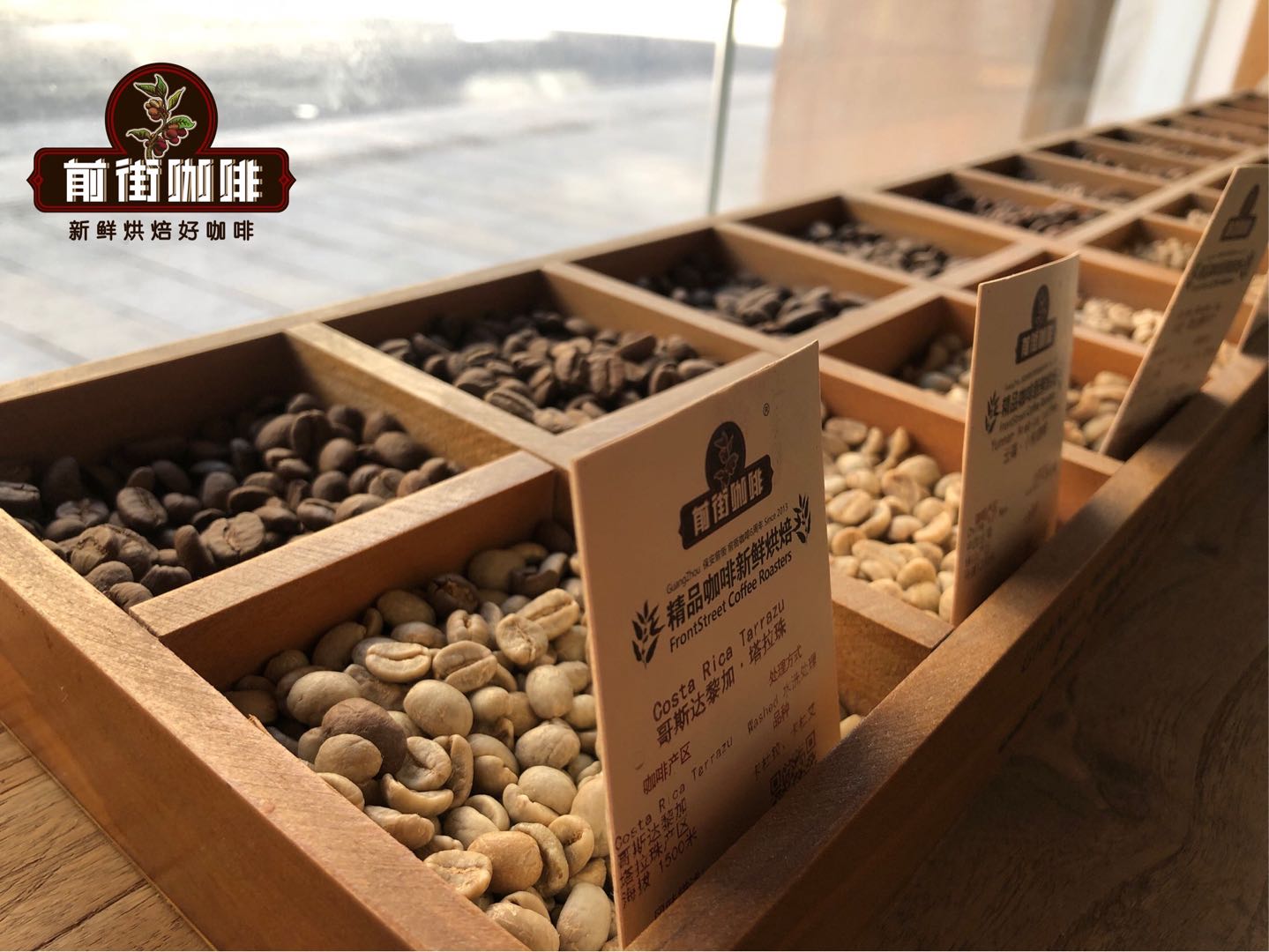
Principle of barrel fermentation
The fermentation method of Honduran coffee bean wine barrel is inspired by wine fermentation technology. in the process of coffee fermentation, the barrel can let a very small amount of air pass through the barrel wall and infiltrate into the barrel to produce moderate oxidation of coffee beans. the entry of the right amount of oxygen also accelerates the fermentation of coffee and silky tannins, while at the same time, the aroma of fresh fruit gradually brews into rich and changeable mature wine, and the moderate hardness of the barrel. To ensure good waterproof and storage safety, in addition, the barrel contains a certain amount of tannin, when the raw coffee beans in the storage process, the barrel of tannin will also infiltrate into the raw beans inside, so that the coffee has a sense of hierarchy and coffee has a strong aroma. Some time ago, Qianjie Coffee entered a batch of beans processed by a barrel of Honduran Sherry whiskey. When I opened the bag of raw beans, I smelled strong vanilla cream and wine.
Front Street Coffee Shirley of Moca Manor, Honduras
Producing area: Intibuka province
City: Masaguara
Manor: Moca Manor
Altitude: 1500-1700m
Variety: Kaddura, Kaduai, Pacas
Treatment: fine washed whisky Shirley barrel fermentation
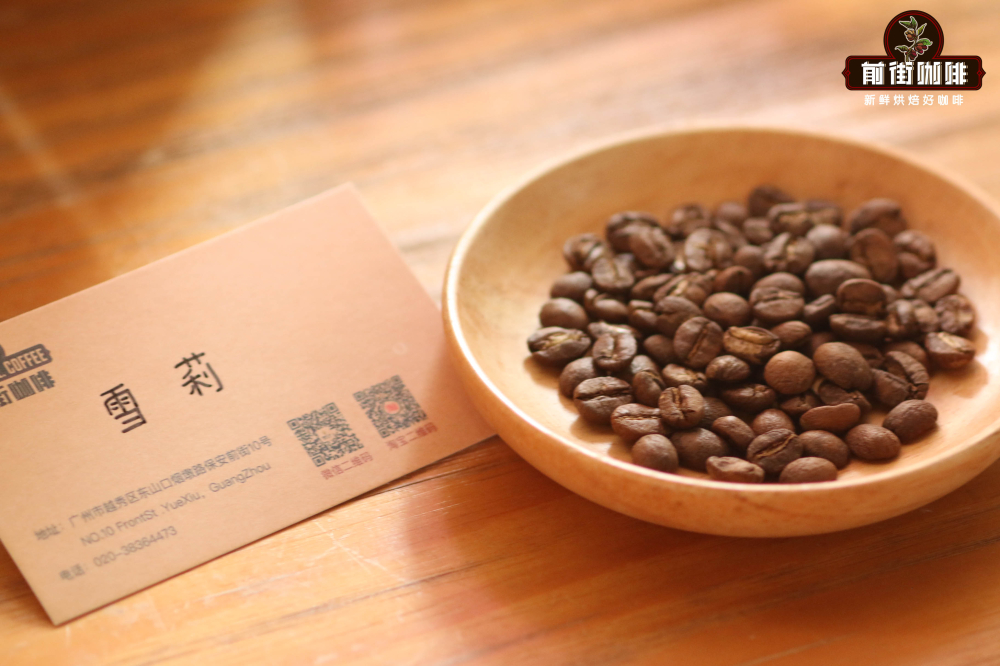
Honduran coffee
Honduras is located in the north of Central America, facing the Caribbean Sea to the north, the Gulf of Fonseca in the Pacific Ocean to the south, Nicaragua and El Salvador to the east and south, and Guatemala to the west, mostly mountains and plateaus. There are 280000 hectares of coffee plantations in Honduras, mainly small coffee plantations, most of which are less than 3.5ha. These coffee plantations account for 60% of all coffee production in Honduras.
There are mainly six coffee producing areas in Honduras, namely Copan, El Paraiso, Comayagua, Opalaca and Montecillos,Agalta. The average planting altitude is 1000-1600m, and the main varieties are Bourbon, Caturra, Typica, Catuai and Pacas. However, Mocha Manor is not located between the six coffee producing areas, but comes from Masaguara, a municipality in the province of Intibuc á in Honduras, located in the south of the JessdeOtoro Valley, surrounded by mountains and hills, mainly dedicated to coffee growers and the main engine of the local economy. The area corresponding to the valley is devoted to growing basic grains and livestock, and the origin of his name: according to Mr AlbertoMembre's "indigenous place name", Masaguara means "place with deer".
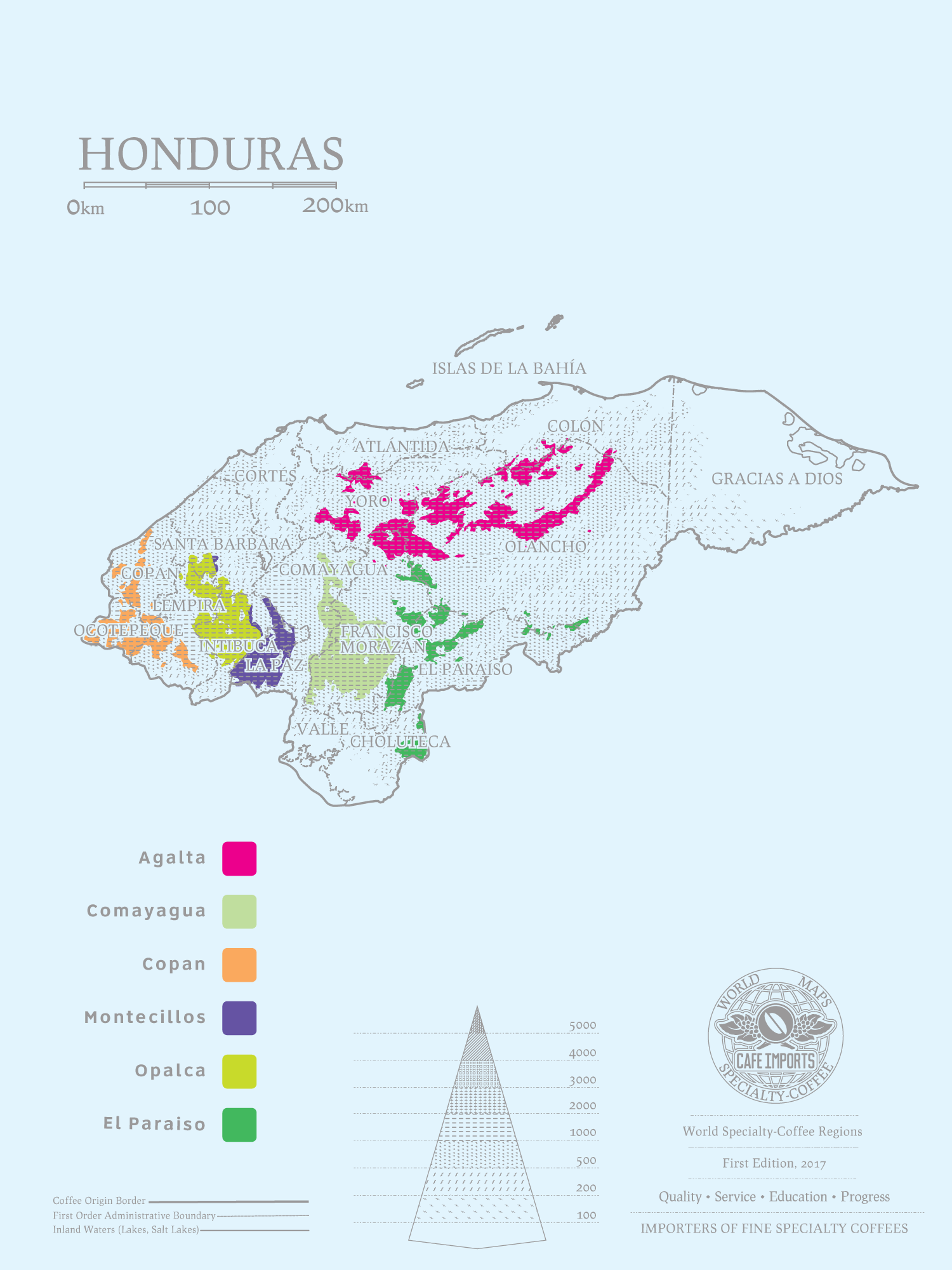
On the development of coffee in Honduras
In fact, Honduran coffee is not so smooth at the beginning, compared with other Central American countries: Costa Rica, Guatemala, Nicaragua, coffee development can be said to be very late.
The main reason for this is that the coffee industry in Honduras has been slow to start because of the lack of transportation between the origin and the port, but after 1970, the government created an official agency for coffee: Instituto Hondureo del Cafe (IHCAFE), dedicated to improving coffee quality, and coffee trees can be planted all over Honduras, making Honduras's coffee production surpass that of Costa Rica and Guatemala in 2011!
However, Honduras is also facing the problems of leaf rust and global warming, which is a major issue in Honduras.
Flavor of Honduran coffee producing area
Honduras has six major coffee producing areas, mainly located in the western and southern regions of Copan, Opalaca, Montecillos, Comayagua, Agalta Tropical and El Paraiso. Three of them are major coffee producing areas:
Mondesius (Montecillos): the highest manor in Honduras, the coffee is bright and layered, full of rich fruit and sweet aromas with citrus aromas.
Copan: the coffee beans of Koban are all chocolate flavor, mellow taste and high sweetness.
Agalta Tropical: the coffee beans in this area have a balance of honey sweetness and acidity, with chocolate tonality.
Generally speaking, Hongguo's coffee is quite thick and sweet, all fruit tones, but sometimes with nutty and taffy aromas, it is quite multi-layered coffee.
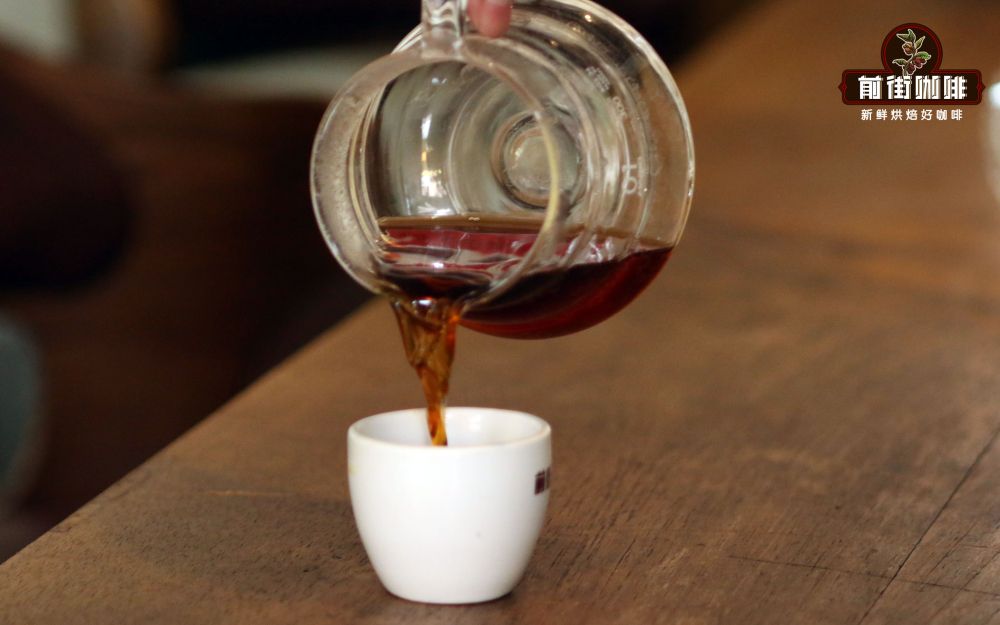
Honduran coffee grading
In Honduran coffee, the classification system of altitude and defect rate is used, in which the classification of defect rate is divided into two standards: the United States and Europe, which are not explained here, but the classification of altitude is as follows:
Strictly High Grown (SHG): over 1200 meters.
High Grown (HG): over 1000 meters.
Central Standard (CS): grow more than 600m above sea level.
Generally speaking, the data of a coffee bean will show both the elevation grade and the defect rate grade to show the grade of the coffee. In addition to this grading system, the recent boutique coffee competition held in Honduras also helps to produce better quality coffee!
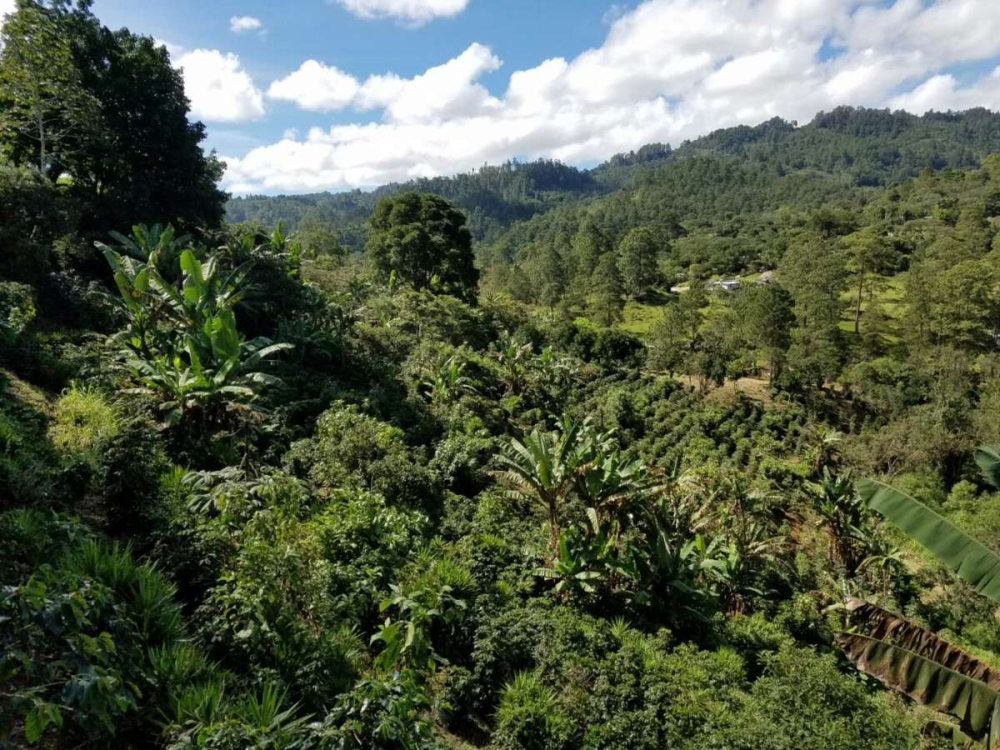
Coffee varieties (Kaddura, Kaduai, Pacas)
Kaddura, a natural variety of bourbon, was discovered in Brazil in 1937. Its tree is not as tall and shorter as bourbon. Due to inheriting the blood of bourbon, the resistance is relatively weak, but the yield is higher than that of bourbon. Although found in Brazil, Kaddura is not suitable for growing in Brazil, so it is not planted on a large scale in Brazil, but is popular in Central and South America, such as Colombia, Costa Rica and Nicaragua.
Kaduai is an artificial hybrid of Kaddura and Mondu Novo. Kaduai has a good ability to resist natural disasters, especially wind and rain. Kaduai tree species are relatively low, compared with other coffee trees, the fruit of Kaduai is stronger and harder to pick, and the fruit is both red and yellow.
Pacas is a natural variety of bourbon. Like other widely cultivated low-bourbon varieties, Pacas is a single gene mutation. It is low mainly because the coffee tree has a small head and has high and low yield potential. It can be mixed with other fruits and other plants to increase the yield of coffee cherries. The variety was found in 1949 on a farm of the Pacas family in the Santa Ana region of El Salvador. In 1960, the Salvadoran Coffee Institute (ISIC) began a pedigree selection project for Pacas (through successive generations of individual plant selection, also known as individual plant selection). It is popular in Central America and widely cultivated in El Salvador, accounting for about 25% of its production. In 1974, the Honduran Coffee Institute introduced this variety and planted it in Honduras.
Treatment method
This bean is fermented in a delicate water-washed whisky sherry barrel. The freshly picked coffee fruit is carefully washed, then put into a barrel ripe into sherry and fermented at a low temperature for 30-40 days (about 15-20 ℃), before drying in the shade.
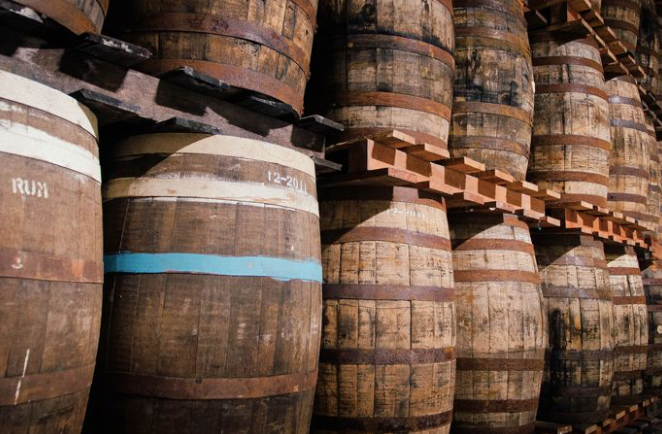
Shirley buckets are used by the Sherry winery in the whisky industry to make aged buckets. Sherry goes through the ripening process of Solera system Solera System in the process of brewing sherry. This process refers to the process of mixing and aging different vintages of sherry after strengthening, which is also the unique feature of the formation of sherry flavor.
The coffee beans fermented in sherry buckets naturally have the flavor of sherry, forming an intoxicating and unique taste, which has been very popular in recent years.
Coffee bean roasting
Qianjie coffee receives this barrel fermentation type of coffee beans, pay attention to the raw beans, Qianjie coffee will be roasted again. It should be noted that the coffee produced in Honduras used to be rich in sweetness and moderate in taste, but lacked attractive entrance aroma. In order to increase the aroma, the processing plant developed a method of barrel fermentation. Therefore, in order to better show the characteristics of this bean, Qianjie coffee is roasted in the direction of light, and in order to get better flavor performance, Qianjie coffee roasted two curves to compare. This is the only way for Qianjie coffee to get a new type of coffee beans. Roasting will not only study the coffee roaster's understanding of the bean producing areas, but also determine whether the baking curve is appropriate through cup testing, hand pulsing and other tasting links. So Qianjie coffee often appears this phenomenon, just a cup of coffee will have multiple items to judge, although it will take time, but Qianjie coffee thinks this is necessary, without repeated attempts of the process link, Qianjie coffee will not easily put a type of coffee beans on the shelf.
Baking curve
[curve one]
Soy bean temperature: 190 ℃, yellowing point: 5: 45151.8 ℃, explosion point: 9: 07184.2 ℃, development after one explosion: 2: 10195 ℃.
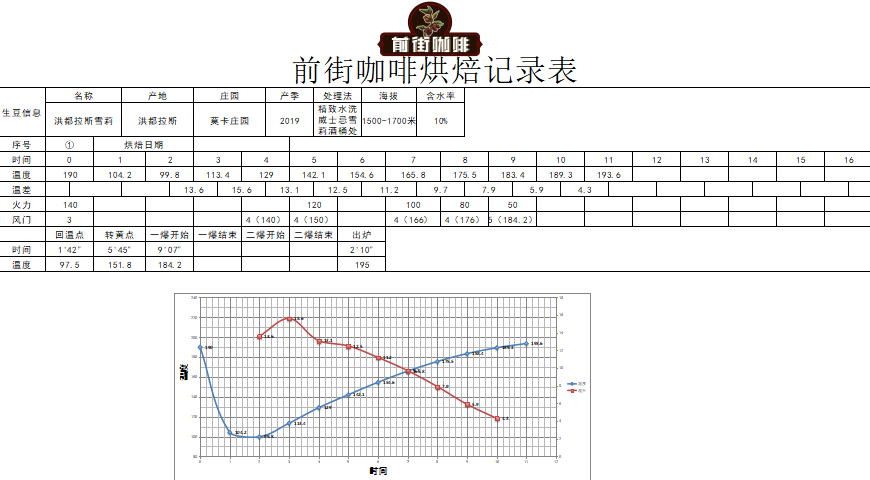
Cup test flavor: vanilla, honey, citrus, cream, wine aftertaste, smooth taste, rich flavor, overall balance.
[curve two]
Soy bean temperature: 190 ℃, yellowing point: 5: 30150.8 ℃, explosion point: 8: 38184.3 ℃, development after one explosion: 1: 40196 ℃ out of oven.
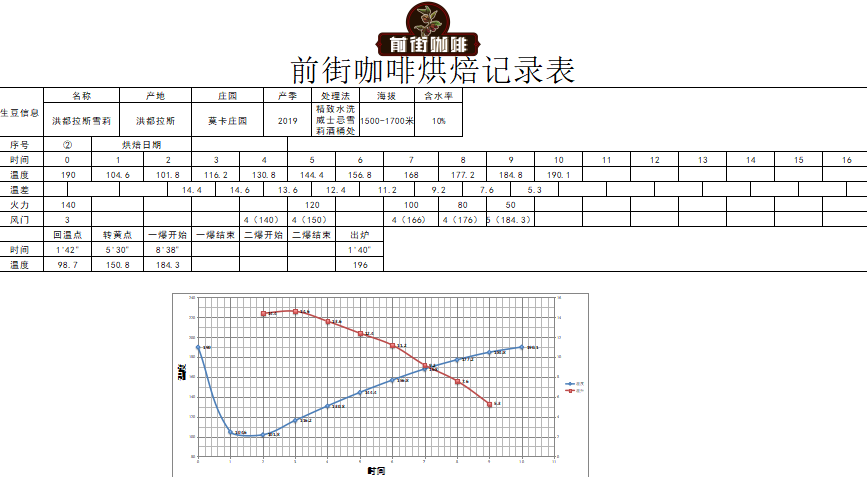
Cup test flavor: vanilla, cream, syrup, chocolate, fermented wine, rich aroma, thick taste, obvious sweetness, but the temperature drop will appear astringent.
After the cup test is over, Qianjie coffee will also be made by hand to taste the flavor of the two curves. The hand brewing parameters of Qianjie coffee are: Hario V60 filter cup, 90 ℃ water temperature, powder / water ratio at 1:15, BG#5F grindability (Chinese standard 20 sieve pass rate 80%). The degree of grinding of each coffee bean will be different, because of the variety, altitude, treatment, roasting and other factors, so Qianjie Coffee will first sift through to determine the appropriate hand grinding when it gets a roasted new bean.
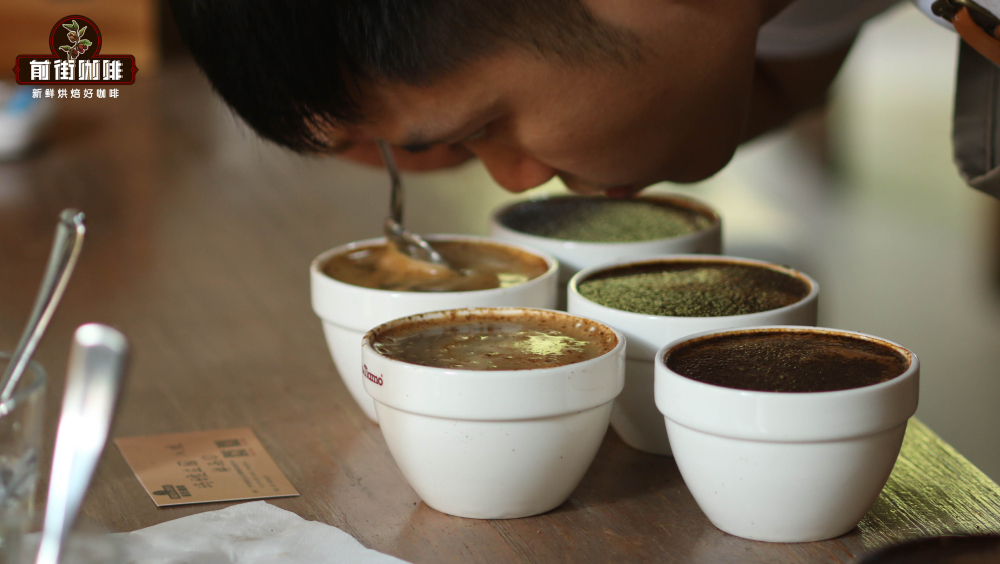
Qianjie coffee is hand-flushed with segmented extraction, that is, three-stage water injection, 30 grams of water injection for 30 seconds, 125 grams of water injection for the second stage, and the water level drops to 225 grams for 2 minutes (including steaming).
Honduran coffee bean wine barrel processing flavor:
[curve one]
The mouth has aromas of vanilla and cream, sour notes of citrus and berries, almonds and dark chocolate in the middle, maple syrup in the end, vanilla in the finish, clear flavor and smooth taste.
[curve two]
Intense vanilla cream aroma in the mouth, with soft citrus acid in the middle, white pomelo flavor at the end, sweet syrup and a slightly bitter finish. The taste is thick, but with a slight astringency, the cleanliness is slightly poor.
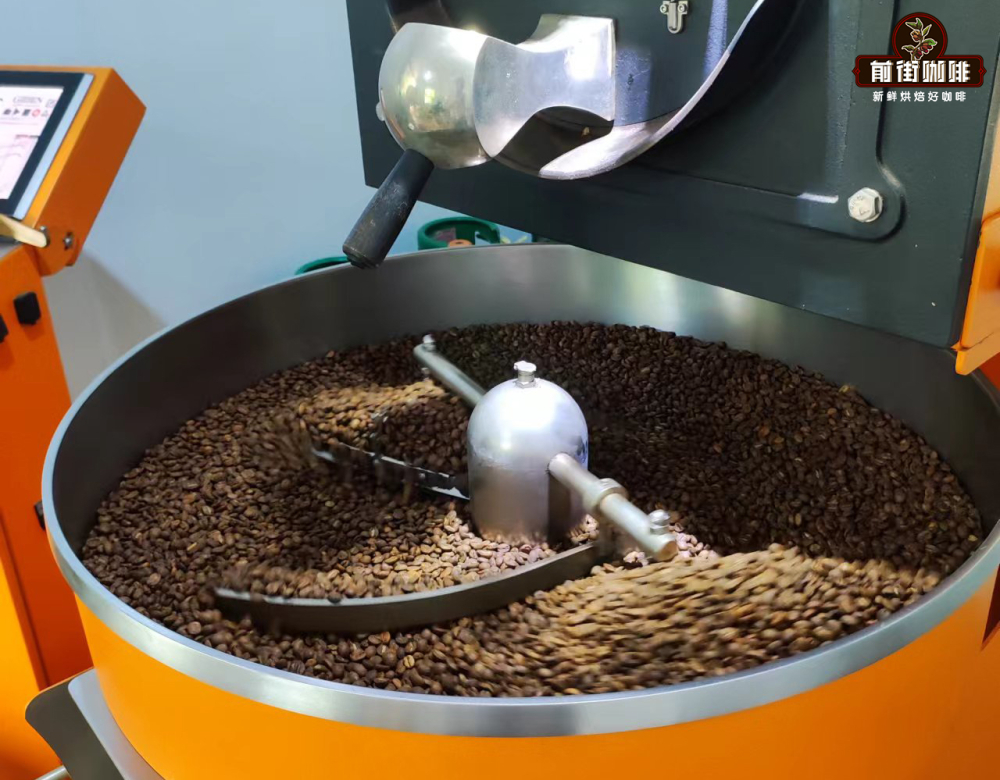
Qianjie Coffee compares the two curves. Although [Curve 2] performs better in aroma, taste and sweetness, it feels like syrup when it is imported, but it is slightly less clean and astringent, and the aftertaste is bitter, coupled with a relatively single flavor. It's hard to avoid feeling a little stiff. Although the performance of [Curve 1] in aroma and sweetness is slightly weaker than that of [Curve 2], it has a clear flavor and smooth taste, with good vanilla and cream aromas from the entrance to the aftertaste, and the flavor is stable from hot to cold at temperature, and there is no other miscellaneous flavor. Finally, Qianjie Coffee determines that the second curve is the baking curve of this batch of Shirley coffee beans. Note that this batch of coffee beans. Qianjie Coffee will judge each new batch more than once, considering that each batch will be different. So the parameters used in the previous batch may not be applicable to the next batch.
In addition to V60 filter cup brewing, Qianjie coffee also tried to use KONO filter cup and Japanese ice hand brewing methods to compare the flavor.
KONO
As Shirley's beans are relatively balanced and sweet, Qianjie coffee decided to brew it with a KONO filter cup. Due to the short ribs of the KONO filter cup, the filter paper can be attached to the wall of the filter cup after absorbing water, because the exhaust space is limited and the air flow is also limited, which will increase the water absorption time of coffee powder particles and slow down its flow rate. This allows the coffee powder to be soaked, making the extracted coffee more balanced.
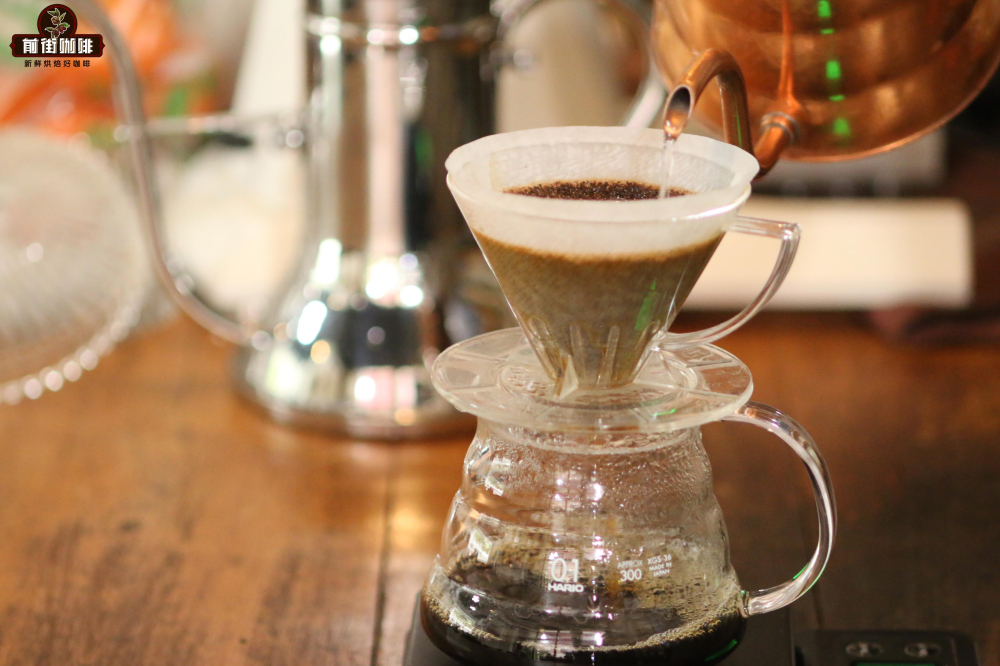
Parameters: the water temperature is 90 ℃, the grinding degree of powder water is 90 ℃, the grindness of powder water is 90 g, the passing rate of Chinese standard 20 sieve is 80%, wet powder bed is steamed with water twice the weight of powder (30 g), the time is 30 seconds when the powder bed changes from wet to dry, the small flow center is injected to 125g section, the water level is about to be exposed when the powder bed is about to be exposed, and the filter cup is removed from the powder bed. (steaming starts) extraction time is 2: 00 "
Bouquet: soft citrus acid notes and purple fruit flavors on the palate, with taffy, vanilla, aftertaste and chocolate in the middle.
Japanese style ice hand punch
The so-called Japanese ice hand flushing is simply to add ice to the sharing pot, brew it with hot water, and the coffee liquid drops on the ice to cool quickly to achieve a chilled effect. The front street coffee is brewed with V60.
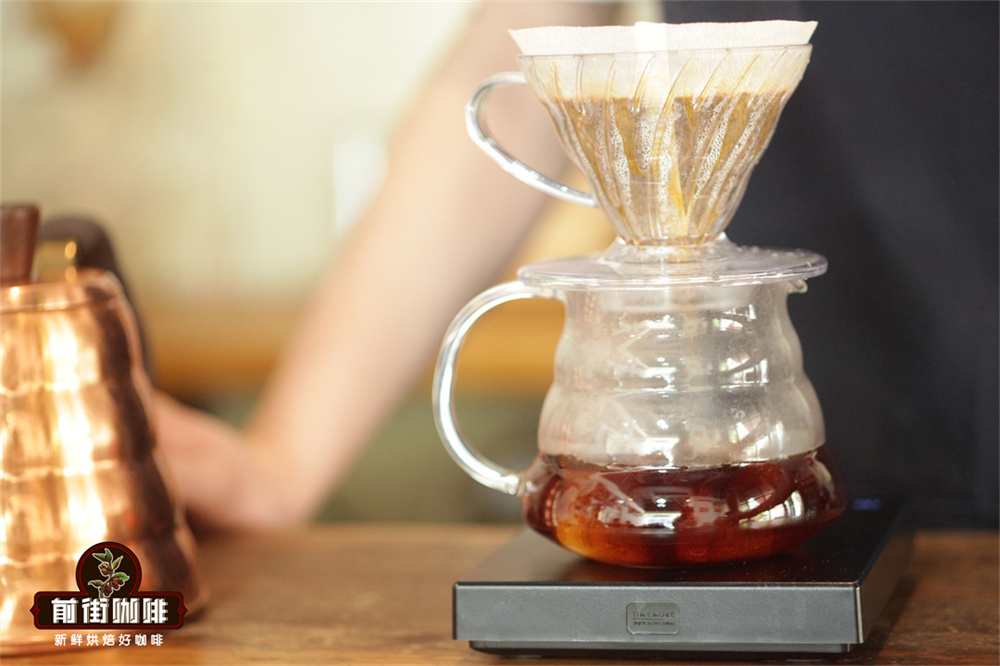
Parameters: water temperature 90 ℃, powder / water ratio 1:10 (ratio of hot water to powder), BG#5F grind (Chinese standard No. 20 sieve pass rate 80%), 100g ice cubes are added to the sharing pot. 15 grams of powder, with twice the weight of water (30 grams) wet powder bed for steaming, see the powder bed from wet to dry end steaming, time is about 30 seconds, small flow center water injection to 100 grams section, water level drop is about to expose the powder bed, continue to water injection to the end of 150 grams, the filter cup completely filtered and removed the filter cup. (steaming start time) extraction time is 1: 40 "
Flavor: it has fermented and tropical fruit aromas, with citrus, vanilla and nutty flavors on the palate, with a finish of oolong tea.
How does the Honduran litchi orchid, which also comes from the same estate with fermented coffee beans, differ from Shirley in flavor? After the comparison of Qianjie coffee, it is found that litchi orchid looks refreshing and refreshing, and it also has the sweetness of chocolate and honey. But the entrance is lychee-like sweetness, sweet and clear, mixed with brandy wine, long-lasting sweetness at the end. After brandy barrel fermentation, the beans have soft lychee and honey aromas, combined with alcoholic brandy and oak aromas.
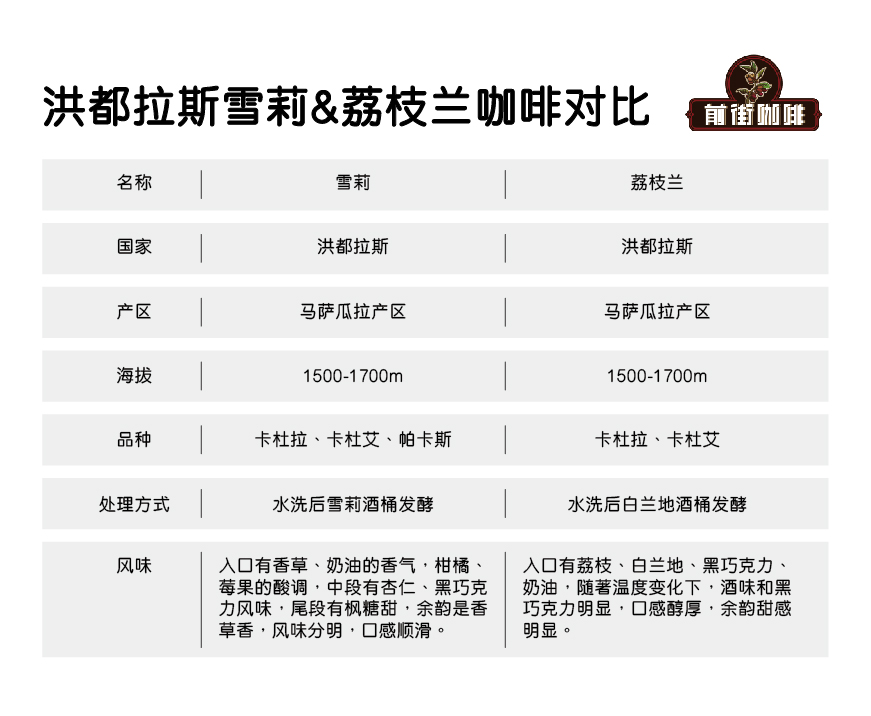
Qianjie Coffee Lizhi Orchid Manor Moca Manor, Honduras
Country: Honduras
Origin: Masaguara
Manor: Moca Manor
Altitude: 1500-1700m
Variety: Kaddura, Kaduai
Treatment: fine washing + brandy barrel fermentation
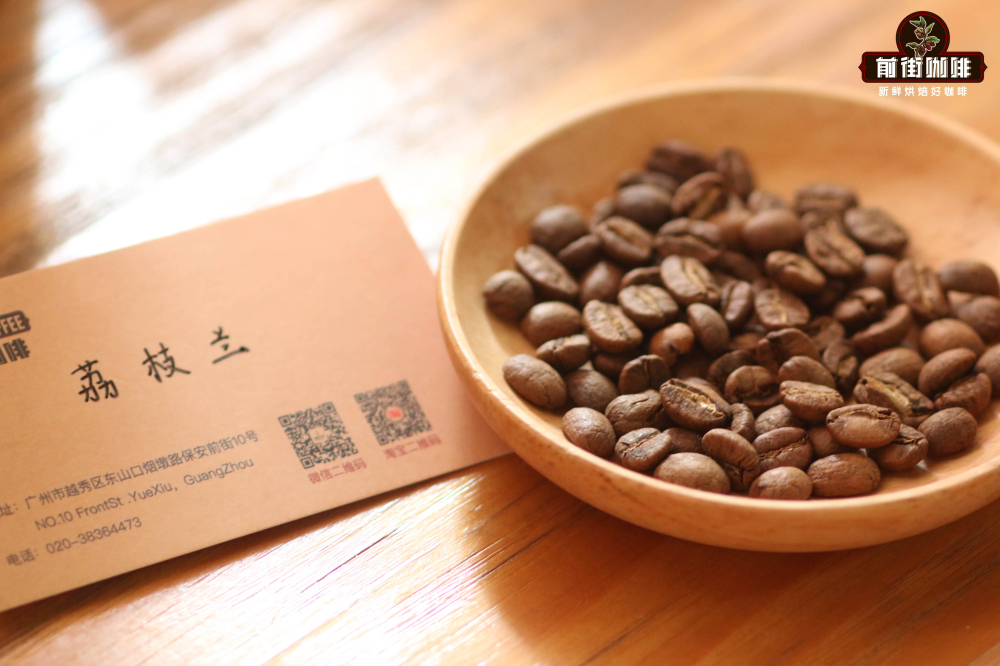
Comparison of coffee bean treatment methods
The two types of Qianjie Coffee are both carefully washed and then fermented in barrels. The difference is that Qianjie Shirley Coffee beans are fermented in whisky oak barrels cooked into sherry for 30-40 days (the temperature is about 15-20 ℃), while Qianjie Litchi Orchid beans are fermented in brandy barrels. Finally, dry in the shade until the moisture content reaches about 11%.
Brandy oak barrel fermentation
Honduran wine barrel fermentation (brandy oak barrel); coffee cherries are carefully washed after picking, then fermented in brandy oak barrels for 30-40 days at a temperature of about 15-20 ℃, and then dried in the shade.
Baking suggestion
Qianjie Coffee in order to highlight the flavor of this bean and to balance the overall performance, our baker chose light roasting. The soya bean temperature is 220 ℃, the yellowing point is 5: 50 ", the yellow point is 152.6 ℃, the first burst point is 9 times 39 ℃, the burst point is 18 3 ℃, and the development after one explosion is 2 cycles 39 10", 195 ℃ out.
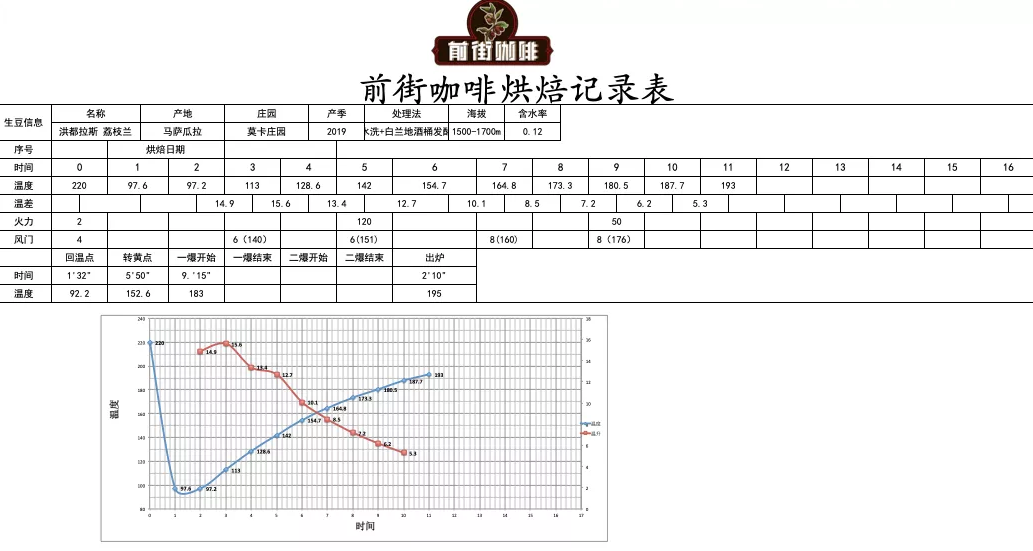
Hand-brewed coffee flavor:
The entrance has litchi, brandy, dark chocolate and cream. With the change of temperature, the wine taste and dark chocolate are obvious, the taste is mellow, and the finish is sweet.
Professional baristas exchange please follow the coffee workshop (Wechat official account cafe_style) more boutique coffee beans please add private Wechat Qianjie coffee, WeChat account: kaixinguoguo0925
Important Notice :
前街咖啡 FrontStreet Coffee has moved to new addredd:
FrontStreet Coffee Address: 315,Donghua East Road,GuangZhou
Tel:020 38364473
- Prev
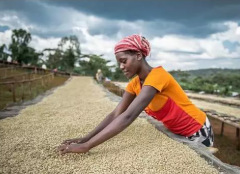
The Ethiopian raw bean Yega Shefia Damei Cooperative belongs to the Vanaguo producing area in Ethiopia.
In addition to the small town of Yega Xuefei, it also includes three by-product areas such as Wenago, Kochere and Gelena/Abaya around it. 1. Planting system and environment the mountain stream village in the Yega Xuefei producing area is cool and foggy, like spring all the year round, with a gentle breeze in summer, cool but not hot, rain but not damp, and no cold damage in winter, which is the best environment for planting Arabica. There are no large coffee plantations, coffee.
- Next
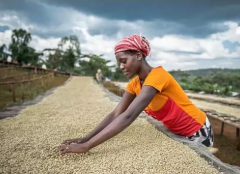
Name and introduction of Ethiopian Coffee Starbucks, Ethiopian Coffee Cooperative
Yega Xuefei is a small town in Ethiopia, 1700-2100 meters above sea level. It is located in the northwest of Sidamo Province. It is one of the highest coffee producing areas in Ethiopia and is synonymous with Ethiopian boutique coffee. Strictly speaking, Yega Xuefei is a by-product area of Ethiopia's Sidamo producing area (Sidamo), which is independent because of its special flavor.
Related
- Detailed explanation of Jadeite planting Land in Panamanian Jadeite Manor introduction to the grading system of Jadeite competitive bidding, Red bid, Green bid and Rose Summer
- Story of Coffee planting in Brenka region of Costa Rica Stonehenge Manor anaerobic heavy honey treatment of flavor mouth
- What's on the barrel of Blue Mountain Coffee beans?
- Can American coffee also pull flowers? How to use hot American style to pull out a good-looking pattern?
- Can you make a cold extract with coffee beans? What is the right proportion for cold-extracted coffee formula?
- Indonesian PWN Gold Mandrine Coffee Origin Features Flavor How to Chong? Mandolin coffee is American.
- A brief introduction to the flavor characteristics of Brazilian yellow bourbon coffee beans
- What is the effect of different water quality on the flavor of cold-extracted coffee? What kind of water is best for brewing coffee?
- Why do you think of Rose Summer whenever you mention Panamanian coffee?
- Introduction to the characteristics of authentic blue mountain coffee bean producing areas? What is the CIB Coffee Authority in Jamaica?

